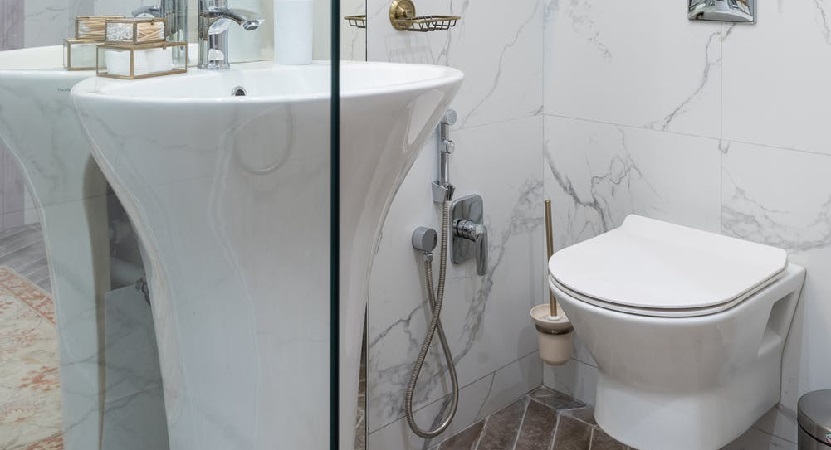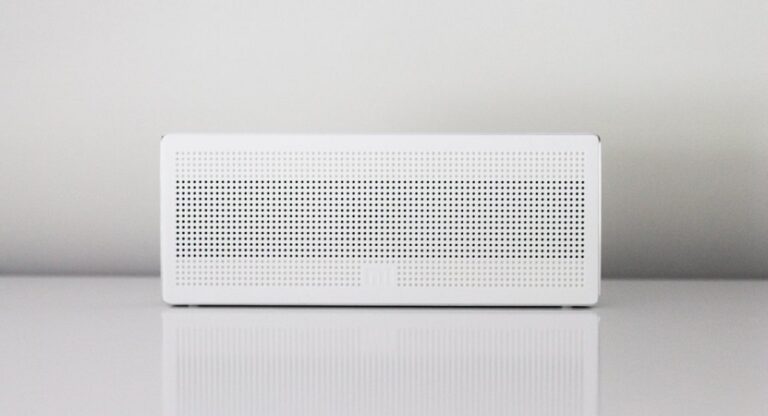If bidets aren’t common where you live, you’ll likely encounter them the second you start traveling Europe or the far East. For the most part, bidets are game changers when it comes to bathroom hygiene. Why? Read on and learn about the best bidet for you!
In this article we discuss the following:
- What is a Bidet?
- Why Use a Bidet?
- How to Use a Bidet
- What are the Kinds of Bidets?
- Best Bidet Toilet Seats
What is a Bidet?
Sometimes a bidet comes in the form of a second toilet seat; other times, a bidet arrives in the form of an entirely separate toilet.
By bidet definition, they are devices upon which one can sit for the purpose of washing the anus, genitalia and buttocks. Typically, this is done immediately following urination or defecation, and tends to take the place of wiping with regular toilet paper.
Wondering about bidet pronunciation? Bidet is pronounced ba’day. They are a French invention, hence the name.
Bidets are designed to be used by both men and women alike. Even children can reap the benefits of post-soil washing. This is entirely dependent on the size of the bidet, of course. Some are large and bulky, while others may not have a seat at all, but rather just a basic bidet hose.
A bidet sprayer or hose is a handheld version of regular bidets. They are more common in the Middle East, as well as in hotels across Southeast Asia.
Do bidets eliminate the need for toilet paper? Not entirely. Since bidets make use of water in motion in order the clean the soiled area, one will need to dry off following its use. Toilet paper or a towel needs to be used to dry off, so that your clothing doesn’t get drenched when you redress.
Are Bidets Sanitary?
The big question: Are bidets sanitary? The answer is yes, for the most part. One may be tempted to jump to the conclusion that any toilet that sprays is automatically a health hazard, but this would be largely incorrect.
On the contrary, using toilet paper after defecation does little more than simply smear trace amounts of feces around the area, where it can take up temporary residency on the skin. A bidet toilet attachment works to remove all poop particles, leaving your behind cleaner than it’s ever been. Simply put, “bidets offer more hygiene and thorough cleaning than toilet paper,” according to author Alexander Mesfin Mengistu.
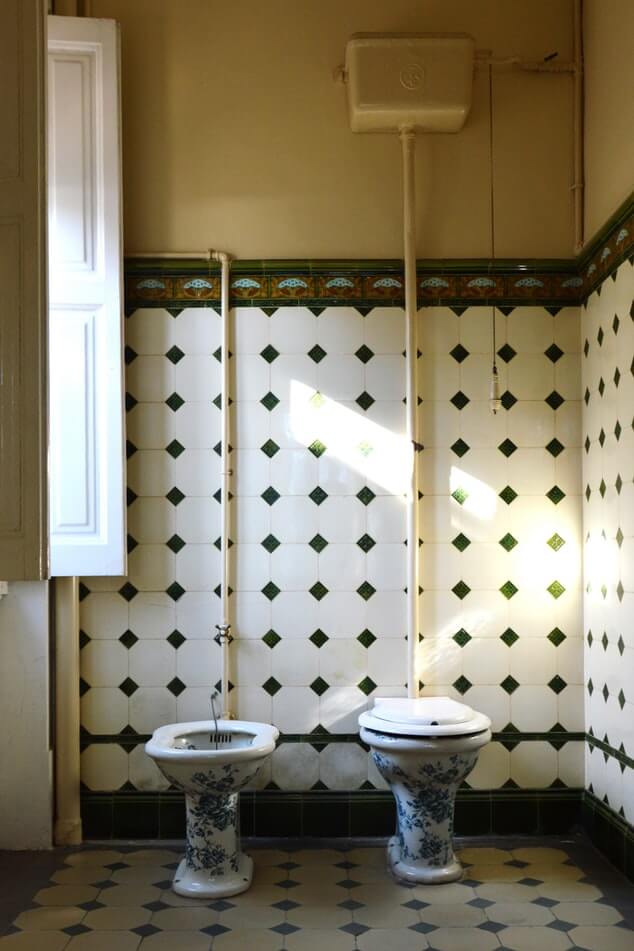
Then there is the bidet itself to consider; do urine and feces stick around in the bowl after the wash? Not at all. Independent bidets flush the same way regular toilets do, and bidet attachments are merely extensions of your existing toilet, so there is no more risk of lingering entities than before.
A lot of modern bidets have nozzles with self-cleaning abilities. This is relatively new technology, and is unlikely to feature in global destinations where bidet have been used since as early as the 17th century (which is when they were invented in France!).
That being said, bidets can be extremely unsanitary when certain protocol is not adhered to. Drying off is the biggest risk, especially when public bathrooms feature bidets along with a towel rail nearby. A towel should never be used for the purpose of drying multiple individuals, no matter how clean the bidet has left their behinds.
Public bidets should always offer toilet paper as a drying method, as this would be the most sanitary. An accompanying waste basket is needed, as not all types of bidets allow for the flushing of paper.
Where Does Bidet Water Come From?
It would seem logical that a toilet that sprays water would be sourcing water from the same place that the toilet itself does. Alternatively, the water may be coming from the actual bowl — further fueling the unsanitary rumors that linger around this device.
The fact of the matter is that bidet water doesn’t come from the toilet at all. Bidets are separate entities, and they require an independent water source in order to work. A bidet will be attached to your sanitary water supply; the same supply that provides your drinking and machine washing water.
There are some bidets that require the installation of a water filtration system, in order to protect the mechanical parts of the device. Some countries have what is known as ‘hard water’, which is water that is filled when sediment or impurities. This kind of water can deteriorate certain material over time, with parts of bidets coming under fire. A filter can help to ‘soften’ the water, making it safe for contact with the bidet parts over long periods of time.
It is said that a water filter can work to prolong the lifespan of your bidet unit. It is also considered to be a home-improvement factor.
Why Use a Bidet?
Other than it being the most sanitary way of cleaning your private bits, there are numerous other benefits to using a bidet in the home.
“It’s so convenient to be able to have a quick wash after using the toilet, without having to hop in the shower or even take your pants off. It really makes it so much easier to keep your personal hygiene in check. This means you’ll be far less likely to experience issues such as hemorrhoids” according to Mike Miller, Editor in Chief of Wilderness Times.
A bidet toilet combo happens to be better for the environment compared to regular toilets that require the flushing of paper multiple times a day. In most cities, the sewerage systems are under great strain while trying to handle the massive amounts of waste coming through by the second.
Paper mixed with water and waste requires a period of decomposition. Water mixed with water and waste is much lighter on the system, requiring less pump power and storage capacity when the load eventually reaches the sewerage hub.
Since bidet toilets almost eliminate the need to use any paper at all, they are wonderfully advantageous to any society that needs to unblock their pipes and sewerage system in general. What’s more, your humble abode will be less involved with blockages and clogging issues. Aleksandar Pecev, founder of SmartlyDwelling agrees: “With lesser toilet paper usage, a bidet also helps prevent clogs in your sewer pipes, and using the plunger will be a thing of the past.”
Bidets are considered to be eco-friendly and economical. Water is much cheaper than paper, so you won’t need to fork out hundreds of dollars each year just to wipe your bottom. More than this, bidets are gentle on the skin, while paper is naturally abrasive. Your body will thank you, and so will your wallet.
According to Yasir Nawaz, Digital Content Producer, “A bidet uses only one-eight of a gallon of water. Comparatively, a single roll of toilet paper can take up to 37 gallons of water during production. Similarly, using a bidet means you’ll be able to avoid contributing to the cutting down of 384 trees that are cut down to make a single person’s lifetime supply of toilet paper.”
The biggest benefit is probably for women and anyone who is expecting a baby. Pregnancy requires a certain level of hygiene be adhered to at all times, so a bidet offers peace of mind in this regard.
Can a Bidet be Harmful?
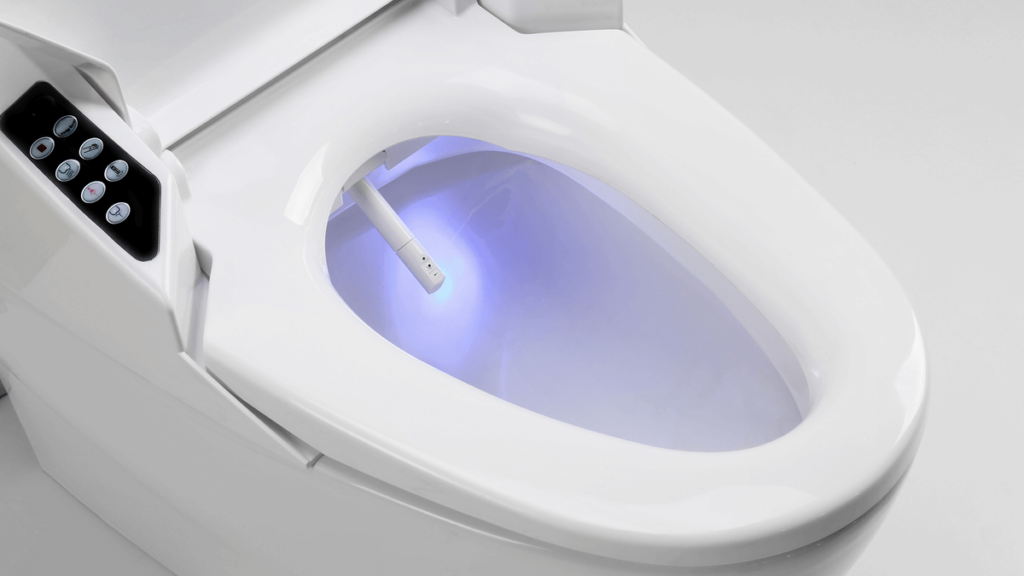
When you learn how to use a bidet toilet properly, it is highly unlikely that you will ever incur any harm due to contact with this device.
There are always exceptions to the rule, of course, and there are some individuals who report that bidets simply do not agree with their bodies. Narrow jets offering high pressure may be able to cause anal pain in certain individuals, especially after very repetitive use.
Prolonged use of high pressure bidet jets could, in very rare cases, lead to sphincter injury or anal fissure, as well as mucosal prolapse syndrome.
A few years ago, there was a study conducted that attempted to prove that bacterial vaginosis could be caused by bidet use. However, the reported rate of incidents was simply too minuscule to reach any kind of scientific conclusion, and it was deemed unlikely that these devices would cause such a condition.
One of the only times vaginal bacterial infection seems imminent, is when a singular drying towel is provided in public or shared bathrooms. It goes without saying that using a foreign towel on your genitalia is never a good idea, but even sharing a singular drying towel with your family or partner could put you at bacterial risk.
Another potential issue for spreading bacteria when using a bidet has to do with technique. As Toomas Plunt from SATU laboratory warns, “Never direct the water from back to front, because it may spread dangerous bacteria near the genital area.”
The best way to use a bidet is gently, safely and frequently. Follow these three steps and you’ll have nothing to worry about in terms of bodily harm.
How to Use a Bidet
How to use a bidet depends entirely on the bidet in question. We’ll shortly describe all of the different forms of bidets and what to expect from each one. Using a bidet can be broken down into three categories:
How to use a Handheld Bidet
Using a handheld bidet is pretty straight forward. These are usually suspended right next to the toilet, within arms reach the same way toilet paper would typically be.
All you need to do is simply pull the spray nozzle toward you, grip the release lever and press down. The bidet will begin to spray, usually at varied pressures that you can choose from, and you need only bring the spray down to the parts that need cleaning.
Always be sure to bring the spray into the toilet bowl zone prior to releasing the water. It goes without saying that failing to do so will result in a very wet bathroom, and probably wet clothing too.
How to use a Toilet Attachment Bidet
A toilet bidet combo is the more modern design when it comes to bidets; the original structures were independent features, and we’ll discuss how these are used shortly. You’ll find more attachment bidets in American homes, and fewer in the eastern regions of the planet.
Attachment bidets are also easy to use. You’ll already be sitting upon it whilst using the loo, and when you’re done you’ll simply have to look for the control panel, usually located to the left or right of the bowl itself.
Press ‘wash’ and the bidet will automatically extend the spray nozzle out from under the seat. Use any of the other features on the control panel if necessary. When you’re done, either press ‘stop’ or ‘off’.
How to Use an Independent Bidet
Bidets that are separate to the actual toilet are usually placed to the immediate left or right, making for easy access so that you can jump between seats without making a mess. These are common across Europe, as well as certain parts of Asia.
Independent bidets have their own pluming system; one that is linked to your sanitary water system in your home. To use this kind of bidet, you need to either sit or straddle over the bowl; do what feels more secure, as you don’t want to slip off mid-use.
Position yourself over the jet, and turn the knob to release hot or cold water, depending on your preference. When you’re satisfied with the clean, turn off the water and use paper or a towel to dry off.
What are the Kinds of Bidets?
Normal Bidet
The aforementioned ‘independent bidet’ is also known as a normal bidet. It’s these that were first invented in France in the 17th century, and slowly spread throughout Europe and the east.
During these times, a washing basin for one’s private parts was seen as the second step in using the bathroom. Naturally, the first few bidets were solely reserved for the royals, and it is thought that the original design was actually invented by the furniture maker of the monarch.
Eventually, the aristocrats adapted the new invention, making the bidet something to be obtained in every home.
Normal bidets look like short toilets. They live next to the toilet itself, offering easy access for washing between visits. The original bidets tend to feature a tap and handle-type situation that one uses the same way they would a kitchen skin. More modern designs have seen bidets adopting electronic control panels, similar to the one’s used on bidet attachments.
Electronic panels on a bidet will feature an on and off button, a wash function, the option of adjusting both pressure and temperature, and the added bonus of a toilet flushing sound effect. More lavish devices may offer LED lighting effects or even a heating function for the seat.
Rick Wallace, Founder of Tackle Village, offers some additional insight: “As someone who’s lived in Japan for a few years, toilet design over there has moved well beyond the basic bidet and the latest designs have at a minimum a heated toilet seat, a water jet and an air dryer on the same extendable arm. Some also play music too and are available with a hand wash basin incorporated on top of the cistern as a space saving measure for those with very small washrooms. Toto is the big name in toilets in Japan and I am pleased to say their range is available in the US now too.”
Portable Bidet
Yes, portable bidets are a thing, and you can own one for a fraction of the cost of actual bidets.
Portable bidets were likely created to offer the outdoorsy type a way of cleaning their behinds when living out in nature. A portable bidet looks like a regular plastic water bottle, with a long pipe and nozzle suspended from the opening.
One uses a portable bidet by simply filling the bottle with water, and squeezing hard to spray it from the nozzle and into the desired area. These are commonly used by people who don’t have access to a bathroom, though some individuals keep one on hand in their homes if they can’t afford to install a formal bidet.
Portable bidets should typically not be shared amongst multiple people. The nozzle and spray pipe should be regularly disinfected.
Bidet Attachment
A toilet with a bidet is made by adding a bidet attachment to your existing unit. The best bidet attachment is one that is easy to install (doesn’t require deconstruction of the existing toilet), and simple to maintain (doesn’t need to be detached to be cleaned).
Bidet attachments usually look exactly like toilet seats. They are slightly thicker than a regular seat, as there needs to be space for the extending nozzle to live underneath.
Usually, bidet attachments are not manual like normal bidets. They don’t use taps or handles in order to turn on, but rather work via an electronic pad situated near to the seat itself. From here you can control all of the functions of the seat, as well as determine your preferred temperature and pressure.
Some more expensive bidet attachments even offer a unique drying function, which will actually eliminate the need for a towel or paper altogether.
Hand Held Bidet
A handheld bidet, or bidet spray, is technically another form of bidet attachment that can be added to an existing toilet bowl in any home. Handheld bidets are pipe-like devices with a handle and spray nozzle attached to the end.
Usually, these kinds of bidets are attached to the wall next to the toilet, though there are some that attach to the toilet itself.
These bidets are considered to be the most basic, as they usually operate via a single lever at a fixed temperature. There are some advanced designs that will allow you to adjust the temperature and pressure, however this is uncommon, particularly in the eastern regions of the world where these bidets are most common.
Handheld bidets have the added bonus of being great tools to use when cleaning your bathroom. Cleaning around the toilet and other areas within reach is quite convenient. It is also thought that handheld bidets can help with hemorrhoids and rectal itching.
Best Bidet Toilet Seats
Toto Bidet

Toto is a brand known for making some of the best bidets on the market, and have done so for quite some time.
Their bidets are designed with traditional style in mind, which is seeing renowned appeal in modern homes looking for that classic feel. As far as pricing goes, you could be the proud owner of a Toto bidet for just under $1000.
Most of the Toto toilet seat bidets are much more affordable, however the Toto washlet c200 retails at almost $200 more than their classic bidets. There are even more lavish versions, selling for upward of $2000.
Toto is a reputable brand within the bidet network, as there aren’t that many to choose from worldwide! If handheld bidets are in your interest, they offer these as well.
Bio Bidet
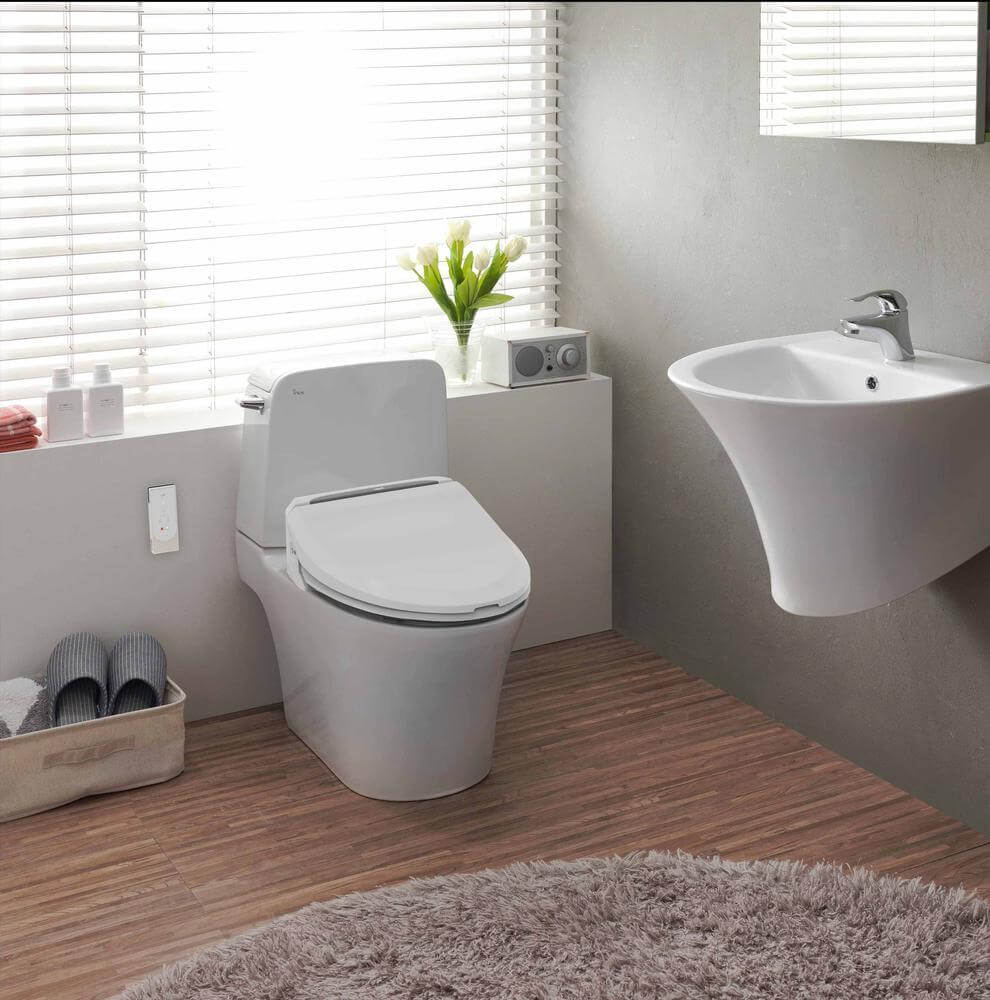
The Bio Bidet 6800 is one of the most affordable toilet attachments money can buy, coming in at under $500 for the entire unit.
We love that all of the nozzles used on this device are self cleaning, and are powered by the easily interpretable remote control. It’s a feature packed unit, featuring everything from a heated seat to deodorizing function.
What’s unique about the Bio Bidet is that it offers IIP; Intensive Impulse Pulsation. This is essentially an enema function, and can help with severe constipation if needed.
The Bio Bidet also offers a kiddies wash, which is not a standard feature across all bidet attachments.
Luxe Bidet Neo 120

The Luxe Bidet Neo 120 is the ultimate budget bidet option. For just under $40, you can install this bidet attachment to your home toilet, featuring a comprehensive control panel and a single wash nozzle.
It’s back to basics with this unit, but it definitely gets the job done.
The bidet is easy to assemble and install; your purchase includes all parts that you’ll need to get it fitted into a standard toilet frame. The nozzle has a retractable function, so it will not be visible in the toilet bowl when not in use.
Brondell Bidet
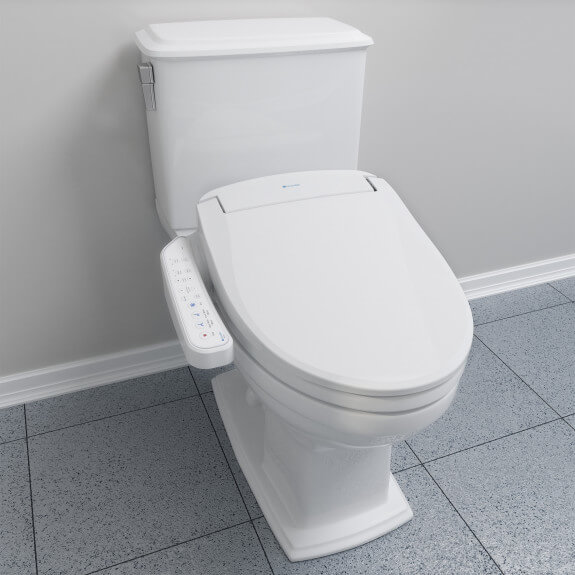
Brondell offers a leading range of luxury bidet attachments, made to fit seamlessly into any home environment.
Their wide variety of units means that you’ll get exactly what you seek out of bidet; all you need to do is speak with their experienced technicians and allow them to recommend your best-fit product.
Brondell’s bidets are mid to high range, and priced accordingly. Whether you need full scale bidet seats, or simply the nozzle attachments, they’ll be able to facilitate. Similarly, if you like your bidet to be understate and nearly undetectable, they’ve got some units to match — who needs a flashy keypad to the right of their toilet seat, anyway?
Tushy Adapter
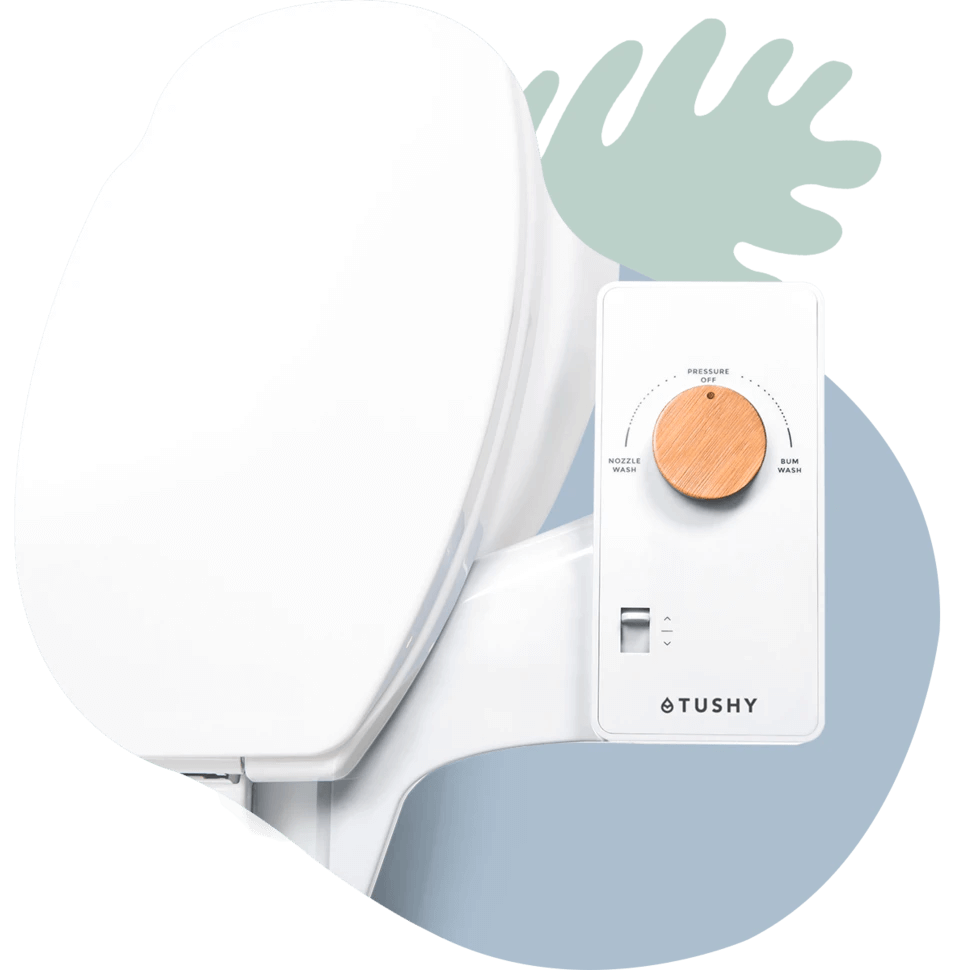
We love the design of the Tushy bidet attachments. Their knobs are made from wood, and the controls are as basic as they would have been back during the century of invention. These bidets make for an attractive addition to any bathroom, and we like how non-electronic they appear at first glance.
This amazon bidet comes in a range of pleasing colors, ranging everywhere from light grey to salmon pink. They’re definitely trying to up the game in the bidet market, as these are not designs we’ve found being produced elsewhere from reputable brands.
Kohler Bidet Toilet
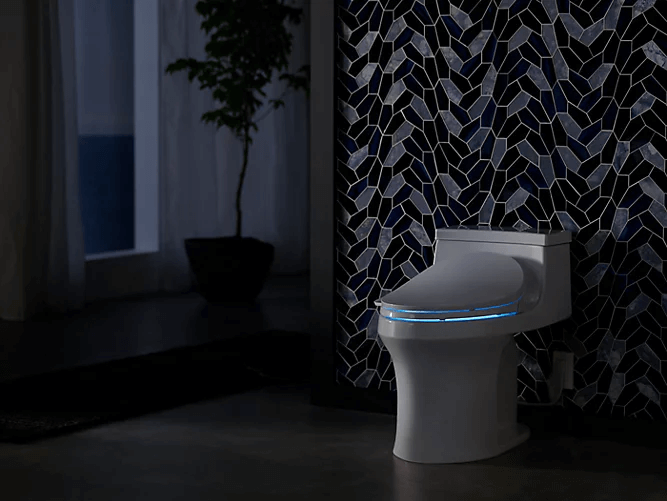
If price isn’t a restriction, then Kohler is a brand worth looking into. They’ve been market leaders in bidet toilet seats for decades, with ever-evolving technology coming out of the brand yearly.
Those fancy bidet seats you see in films, the ones glowing around the mouth and playing music as they wash the user, are likely made by Kohler’s revolutionary design team.
Their bidets come in white or biscuit shades. The quality is unmatched and the units are feature packed, though this goes without saying considering the musical abilities and all.
We appreciate the self-cleaning wand installed in all of their bidets. The quiet-close lid doesn’t hurt, either.
Did You Enjoy This Article?
If you enjoyed this article, you might also like our other articles discussing hygiene and skincare such as 14 Best Organic Tampons and Pads, Microshading, and Squalane Oil.

